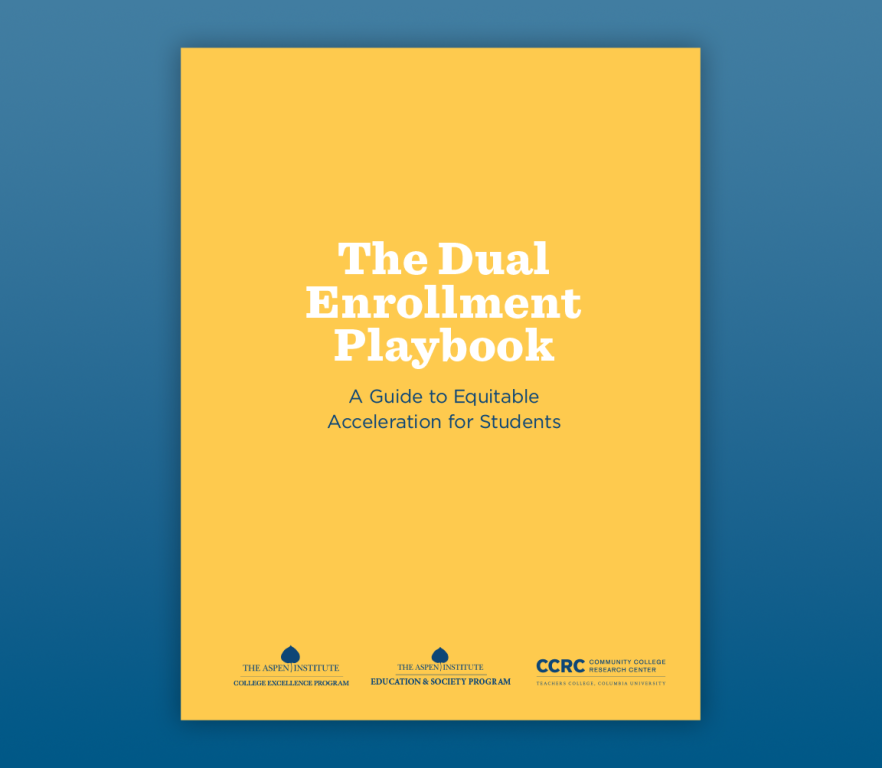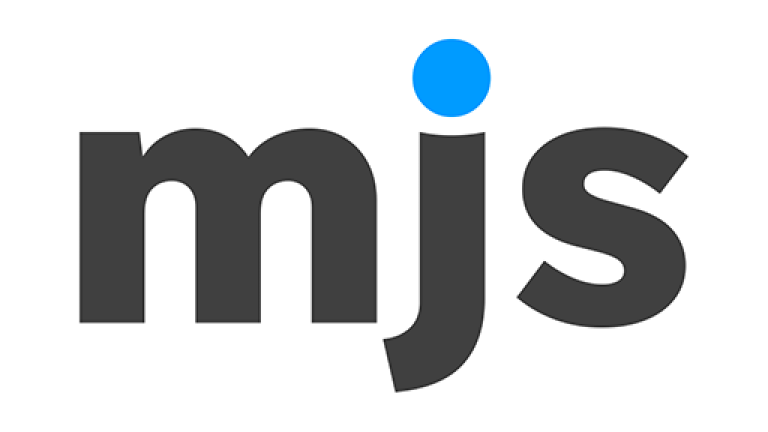
Playbook
Historically underrepresented students of color and those from low-income backgrounds are more likely to attend segregated K-12 schools that fail to adequately prepare them for college. These educational disadvantages accumulate, leading to significant and persistent inequities in degree completion and access to well-paying careers. Advanced coursework in high school, such as dual enrollment, can help create a pathway to higher education. However, when not designed with equity as a core focus, dual enrollment can exacerbate existing disparities, much like other acceleration options such as AP and International Baccalaureate (IB) programs. There is considerable variation by race and income in access to dual enrollment and the postsecondary success of students who participate, with only 7 percent of Black students and 8 percent of Hispanic students participating, compared to 12 percent of white students. Despite these disparities, progress is possible. One in five school districts nationwide has closed the gap in access to dual enrollment courses by race. Our research shows that when districts and colleges combine intentional strategy with innovation and commitment, they can achieve equitable access to and success in high-quality dual enrollment programs. This playbook offers lessons for high school, district, and college leaders on ensuring that traditionally underrepresented students have equitable access to and success in these programs.




